In June 2010, Edmonton-based Norseman entered the Saskatoon market when it purchased the assets of Cover-All Building Systems, a locally-based modular building manufacturing firm that entered into receivership after one its buildings collapsed in Texas, in May 2010.
When Norseman Structures Inc. publicized its up-and-coming line of modular construction units at the 2011 Prairie Regional Tradeshow in Saskatoon, Sask. on March 12, the company did so while in the midst of a major expansion.
In June 2010, Edmonton-based Norseman entered the Saskatoon market when it purchased the assets of Cover-All Building Systems Inc., a locally-based modular building manufacturing firm that entered into receivership after one its buildings collapsed in Texas, in May 2010.
The failed building was produced by subsidiary firm, Summit Structures in Allentown, Pennsylvania.
For Norseman — at one time a competitor of Cover-All — the opportunity to acquire the 170,000 square feet of manufacturing space and equipment of Cover-All was too good to pass up.
It allowed Norseman, established in 1921, to go from a manufacturer of industrial fabrics and resilient foams for construction, building and oil rig applications to a leader in modular building structures.
The purchase created a new company, Norseman Structures.
Mark Mascotto, vice-president of marketing at Norseman Group, described the benefits of modular as quick to manufacture and install, as well as easy to dismantle to re-erect elsewhere.
It is understandably energy-efficient.
“We saw that Saskatoon had a very large, custom-designed manufacturing plant,” he explained.
“What we got was a much larger facility that could manufacture a high volume. Whereas we produce hundreds of buildings a year, Saskatoon can produce in the thousands.”
Mascotto added that while the incident in Texas was unfortunate for all parties involved, including the Dallas Cowboys football team, the mishap taught the fledgling industry a few good lessons that cannot be ignored.
“It’s a relatively new industry that has seen a lot of rapid growth, and the engineering evolves with it,” he explained.
“The recent reviews have brought a lot of scrutiny to the industry and have helped us identify potential issues.”
The Cowboys’ facility crumpled in winds of just 90 to 105 kilometres an hour, even though it was guaranteed to withstand gusts of up to 145 km/h.
“What we’ve done is we’ve looked at the buildings they have and added to them—we’re now using several more trusses and heavier gauge steel,” he said.
“We’re ahead of the curve, too, building to standards that aren’t even in effect yet.”
He was referring to the new CSA-A660 requirements, which introduce tougher new standards for fabric engineering.
“We’ve introduced more cross-bracing, so cross and wind-bracing have improved,” Mascotto said.
“We’re coming out with a line that is as strong as steel buildings that are on the market today.”
He noted that Norseman has consulted with national and international third party engineering firms to ensure stability.
Besides the equipment and manufacturing capacity Norseman acquired in its purchase of Cover-All’s assets, Mascotto said the skilled labour force idled by Cover-All’s bankruptcy was still largely intact.
“While there may have been faults with engineering, there was no problem with the skills of the workforce,” he said.
The 30 maintenance staff still employed when Norseman bought the Cover-All building in June 2010, has been upped to 120 today.
Once the relationships within Cover-All’s old dealer network are re-established and designs are tweaked, production will increase, Mascotto said, providing jobs for up to 500.
“Demand is global. Once we’re done operationalizing some of the new building designs, our number of employees will grow quite quickly—not just in manufacturing, but also shipping, wrapping, yard work, and maintenance,” he said.
As far as the overall market share, Mascotto said there are no national or international associations that collect information on this industry, so there is no way to calculate it.
But, Mascotto did want to be clear: Cover-All Building Systems Inc. is dead.
The lawsuits were settled in February 2011.
Dallas Cowboys team scout Rich Behm, who was paralyzed from the waist down when the 8,175 square-metre structure collapsed, settled for $24.5 million, and two others resolved their suits as well.
Settlements on all three were split between Summit Structures, Cover-All Building Systems Inc., and two corporations controlled by Dallas Cowboys owner Jerry Jones.
Norseman has changed were the design flaws that led to the collapse in the first place.
Ultimately, what gave Norseman the confidence to pursue the Cover-All assets was an ability to put Cover-All’s problems and lack of due diligence into perspective.
Mascotto said he sees nothing but growth for the industry in the future.
“For centuries, bridges have been built and bridges have failed,” he said.
“Relatively few of these buildings have failed, and this one was the exception. But, it has allowed the industry to reset itself from a period of very rapid growth and gave the industry a bit of a breather, which will allow it to come on even stronger than it was before.”


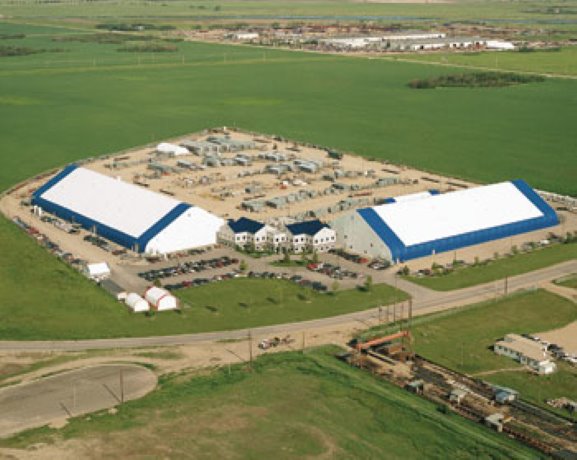


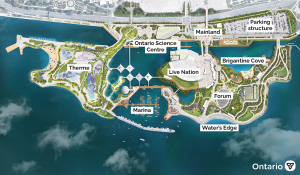
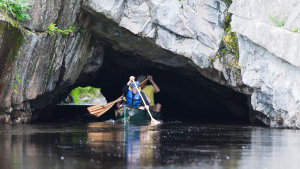
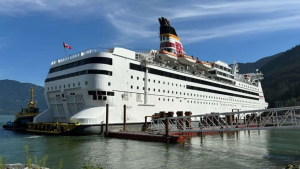

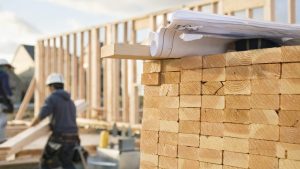

Recent Comments
comments for this post are closed